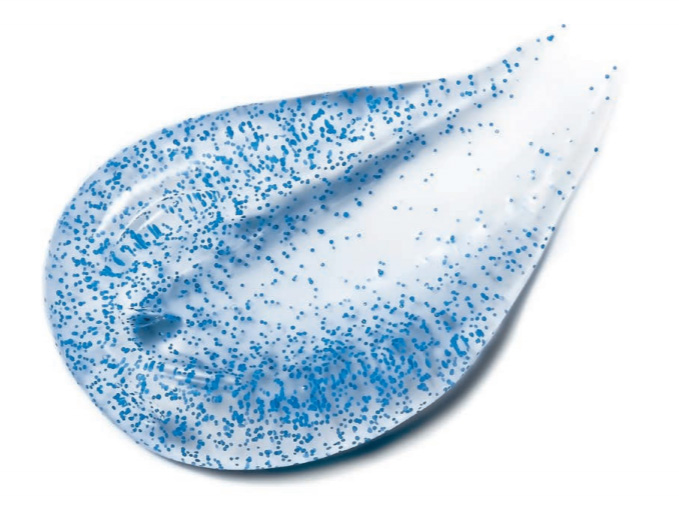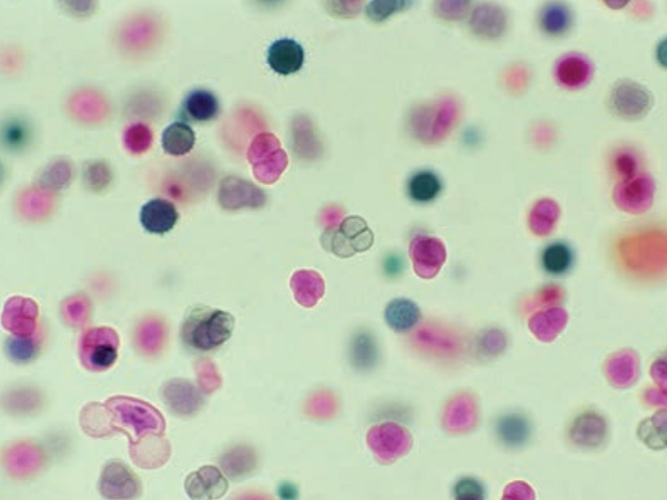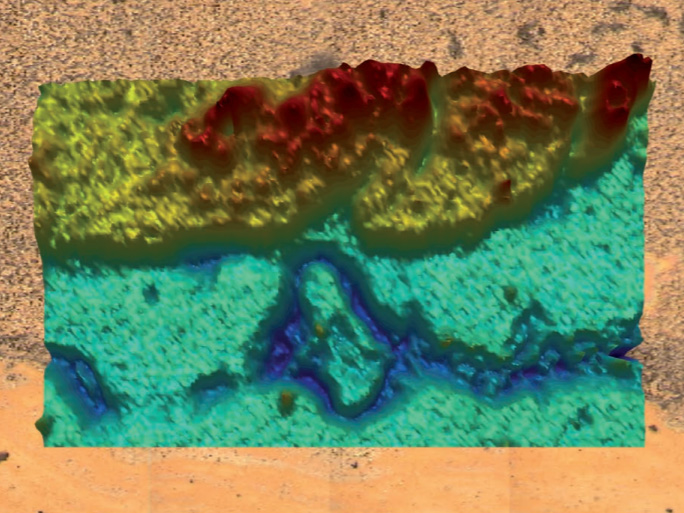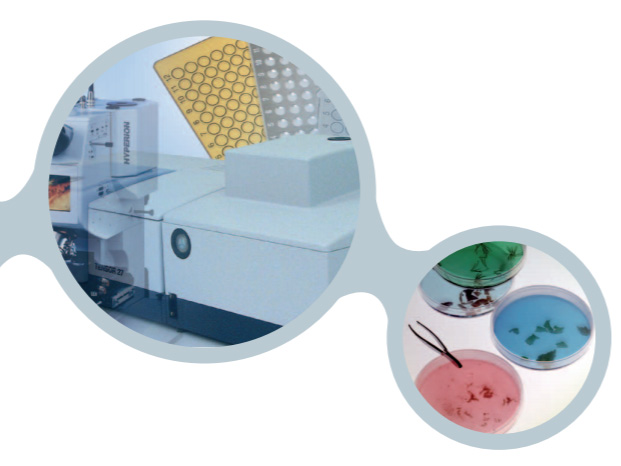FT-IR Spectroscopy
Hits: 731
Applications Download - FT-IR model: HYPERION
Hits: 731
Hits: 731

Reliable Identification of Microplastics of any Dimension, on any Filter
Microplastic particles (MPP) are by definition polymer particles ranging in size from 5.000 to 1µm. They originate from polymer beads added to cosmetic and personal care products as well as abrasion of macroscopic objects such as plastic bottles, synthetic textiles, and car tires.

Fast Imaging of Large Biological Tissue Samples
FTIR microscopy has developed into a powerful tool for the analysis of biological tissue. The obtained IR spectral images allow for the differentiation of components and the identification of malignant or diseased tissue.

Defect Analysis using FT-IR Microscopy
Microscopic techniques are suitable for locating and analyzing defects as small as a few millimeters or even micrometers for many different types of products. Fourier-Transform infrared (FT-IR) microscopy is capable of revealing the chemical composition of such failures with a high spatial resolution.

Analysis of composite films
FT-IR microscopy is a very effective method for the analysis of composite films. Using FT-IR microscopy allows identifying both material and thickness of the individual layers in a foil.

Infrared Microspectroscopic Imaging of Biological Samples
FT-IR imaging is a powerful technique to generate chemical images showing the distribution of the main biochemical components (e.g., lipids, proteins, and polysaccharides) in plant and animal tissue. Moreover, the obtained spectral information allows to differentiate between various properties
of the analyzed tissue, including healthy and diseased.

New & exciting application fields open up to the IR spectroscopy
(FT-) IR spectroscopy has become an indispensable tool in the chemical and pharmaceutical industry
for characterizing materials and identifying substances.Pharmaceutical and biotechnological companies use this technique to analyze both proteins and cellular systems in order to develop new drugs and products.
Contact us
Syntech Innovation Co., Ltd.
388/5 Nuanchan Road, Nuanchan,
Buengkum, Bangkok 10230
388/5 Nuanchan Road, Nuanchan,
Buengkum, Bangkok 10230
0 2363 8585 (auto)
0 2363 8595
081 498 9939

3019950
Today
Yesterday
This Month
All days
766
2096
16802
3019950
Your IP: 216.73.216.151
2026-01-10 10:21





